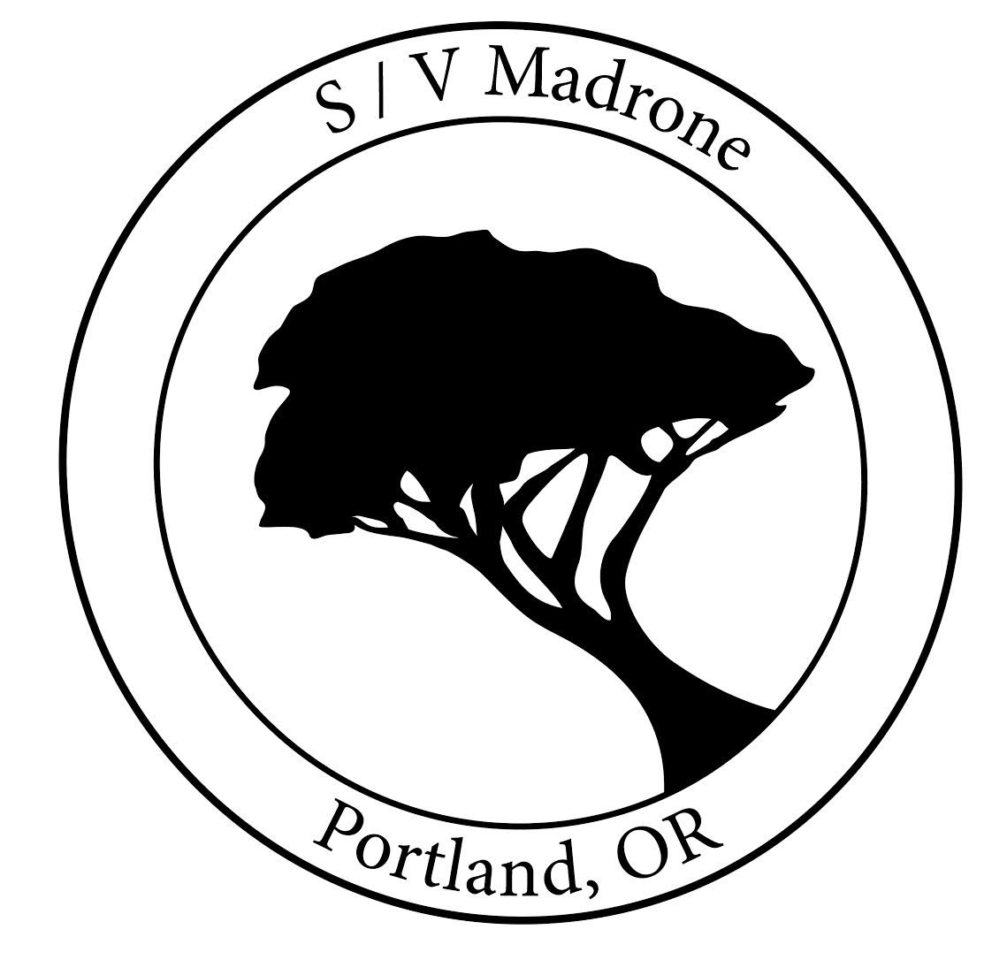Back in the late 1800s, the town of St Pierre on Martinique’s west coast was the commercial capital of the island, and one of the leading cities in the Caribbean.


With a harbor suitable for the ships that handled the output of the island’s sugar cane refiners and rum distillers, St Pierre boasted an international community of more than 30k people.
Until 1902.
In May of that year, the volcano behind town began to rumble and smoke. A scientific committee was convened – their conclusion was that any eruption would be minor, and in any case the topography of the island would divert any lava flow safely away from town.

The committee was unfortunately incorrect, and when the eruption occurred, it leveled the entire town, killing virtually all of the residents. The pyroclastic flow even incinerated and sank the dozens of boats anchored far out in the harbor.




Today, part of St Pierre has been rebuilt, but it’s only home to a few thousand people now, clustered largely around the remnants of the French fort that guarded the harbor.


